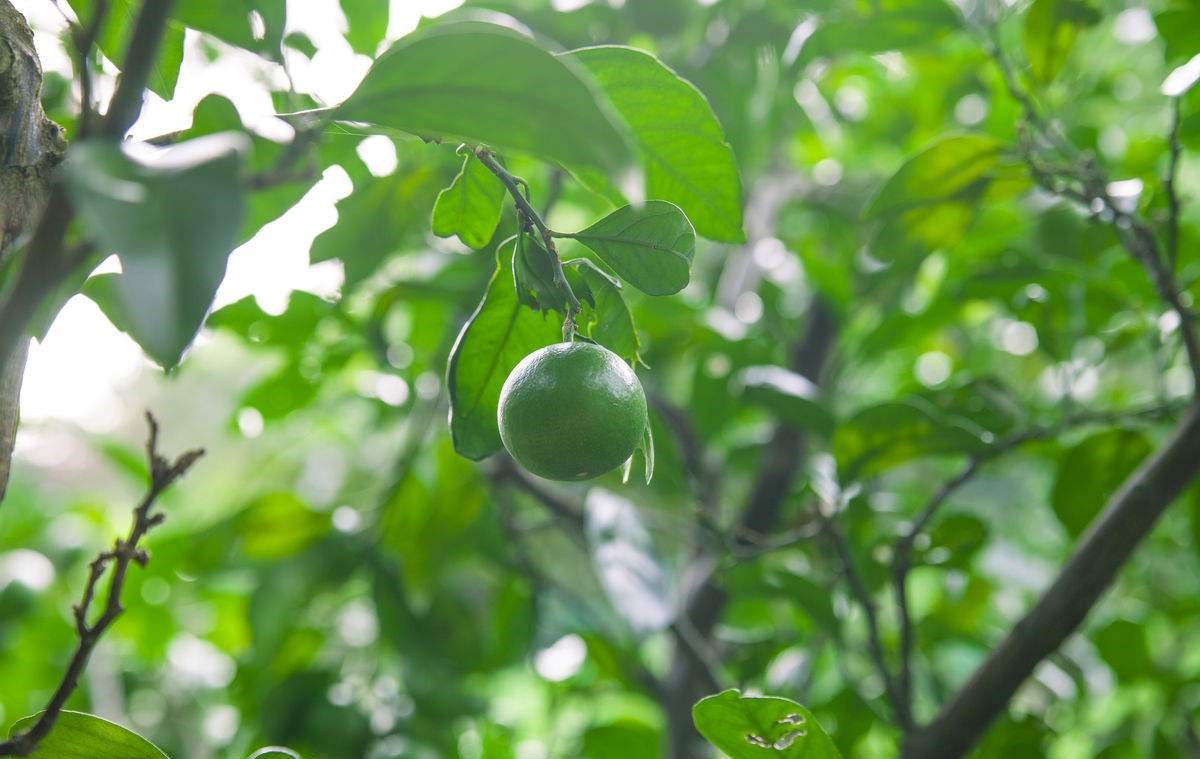Key lime seed
Key lime
Citrus aurantiifolia
Citrus aurantiifolia is a shrubby tree, to 5 m (16 ft), with many thorns. Dwarf varieties exist that can be grown indoors during winter months and in colder climates. Its trunk, which rarely grows straight, has many branches, and they often originate quite far down on the trunk. The leaves are ovate, 2.5–9 cm (0.98–3.54 in) long, resembling orange leaves (the scientific name aurantiifolia refers to this resemblance to the leaves of the orange, Citrus aurantium). The flowers are 2.5 cm (0.98 in) in diameter, are yellowish white with a light purple tinge on the margins. Flowers and fruit appear throughout the year, but are most abundant from May to September in the Northern Hemisphere.
Flowers of the Key lime plant
There are various approaches to the cultivation of Key limes. This variety of citrus can be propagated from seed and will grow true to the parent. If the plants are propagated from seed, the seeds should be stored at least 5–6 months before planting. Alternatively, vegetative propagation from cuttings or by air layering may permit fruit production within one year, and from genetically more predictable lines of plants. Or digging around a mature tree to sever roots will encourage new sprouts that can be transplanted to another location. Clones are often bud grafted into rough lemon or sour orange to obtain strong root stocks (see also fruit tree propagation).
Climatic conditions and fruit maturation are crucial in cultivation of the lime tree. Under consistently warm conditions potted trees can be planted at any season, whereas in cooler temperate regions it is best to wait for the late winter or early spring. The Key lime tree does best in sunny sites, well-drained soils, good air circulation, and protection from cold wind. Because its root system is shallow, the Key lime is planted in trenches or into prepared and broken rocky soil to give the roots a better anchorage and improve the trees’ wind resistance. Pruning and topping should be planned to maximise the circulation of air and provide plenty of sunlight. This keeps the crown healthily dry, improves accessibility for harvesting, and discourages the organisms that cause gummosis.

